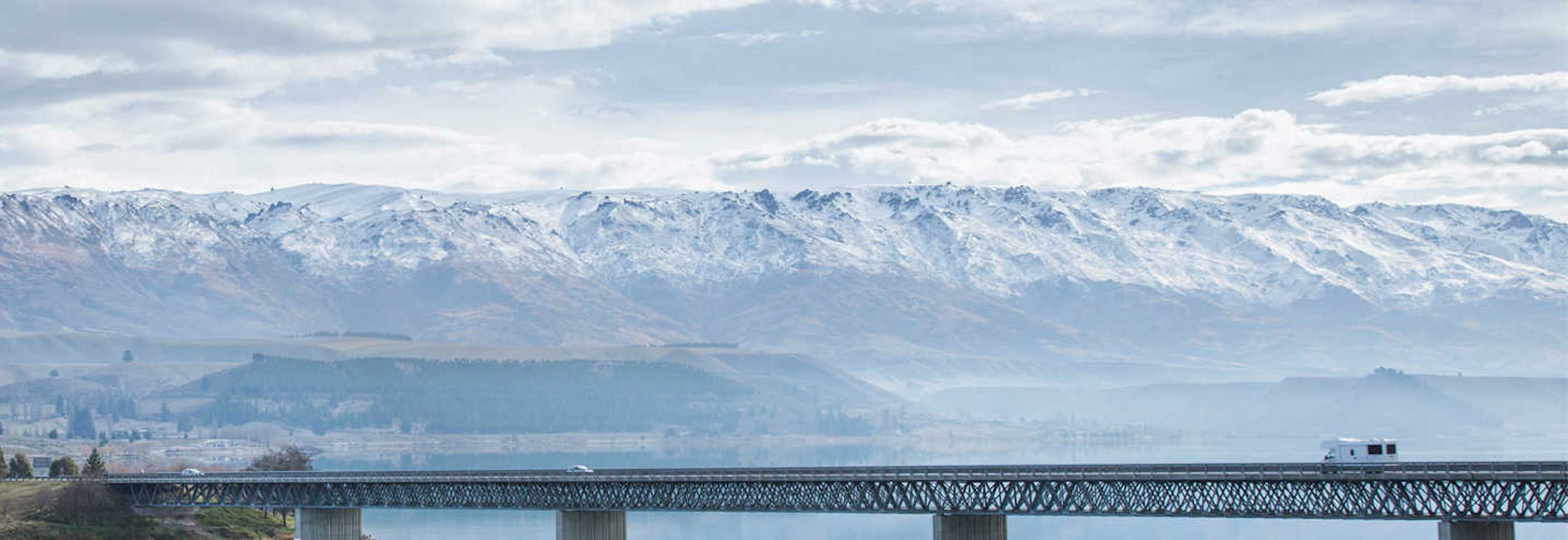In 2014, Tourism Holdings Ltd. (thl ), the largest provider of holiday vehicles for rent and sale globally, embarked upon a journey into the future and decided to take a strategic approach to sustainable growth. The New Zealand-based company committed to using The Natural Step sustainability framework to review and reorient its business plans going forward. Using the framework as a guide, thl refreshed its sustainability pillars:
- Protect: Protect our environment and address any climate change issues we contribute to.
- Respect: Encourage responsible travel, look after the communities we touch with our travel experiences and do the right thing for our crew and culture.
- Grow: Continue to be competitive within our industry and a compelling investment.
“When we committed to sustainability, we made the decision not just to have a sustainability strategy which sat alongside our day to day activities, but to weave sustainability into the very fabric of our corporate strategy.”
thl Sustainability Report 2017, pp.5
Discovering Future-Fit
In 2018 thl was introduced to the Future-Fit Business Benchmark. Based on the systems science of The Natural Step, the Benchmark provided the company with a practical tool to operationalise its ambition. The company quickly adopted the Benchmark approach and began applying it to understand its business operations in a more holistic way. The rapid uptake meant that, in 2019, thl was the first listed company to release a Future-Fit Integrated Report. Within the report, thl declared its intention of becoming a Future-Fit Business, establishing its role as a sustainable business leader. thl firmly believes that it can grow revenue whilst reducing its global footprint and negative impacts on the world.
“Future-Fit Business success begins with an idea. That idea gathers momentum to become a strategic goal, which in turn galvanises our collective will as a business. At thl, we’ve reached that point; we’re energised to be a force for good.”
thl Integrated Report 2018, pp.28
Using a “Health Check” approach, thl’s Integrated Report provides a high-level snapshot of the company’s current performance against the 23 Break-Even Goals and delves into how, going forward, the goals will provide a bottom up approach to strengthen the 6 Capitals of Integrated Reporting.
Future-Fit Business Benchmark Implementation
From 2020 onwards, the company will be implementing the Benchmark across its operations and beginning the task of collecting data to measure thl’s performance across the Break-Even Goal Progress Indicators. Already by the end of 2019, the company has incorporated the goals as assessment points in its future business plans and will be considering the Progress Indicators in its monthly reporting. Furthermore, whilst thl is working to prioritize the implementation of the Break-Even Goals for existing operations, performance against the goals will also be considered for any new initiatives put forward.
Applying the Benchmark across a truly global company like thl is no easy task. The business spans New Zealand, Australia, the USA and Europe, meaning that the sustainability team will be working with 40 to 50 discrete sites. However, the integration of the Benchmark into the company’s ethos has been met with enthusiasm inside the company. During a Leadership Programme in July this year, one of the teams chose to complete a Future-Fit “deep-dive” into a location and apply the Break-Even Goal Water use is environmentally responsible and socially equitable. None of the team members had sustainability backgrounds, and yet they were pleased to discover that they could gain valuable insights into the site’s water performance after creating their own assessment template based off the Action Guide. This exercise proved an encouraging taster for what is hopefully yet to come for thl.
“At thl “being sustainable” isn’t just about following a trend. It has always been about being a responsible operator.”
thl Integrated Report, pp.19
As thl begin the journey toward future-fitness, outlining a plan for where to start on each goal and determining who within the company will be accountable for what going forward, the company will be living up to its ambition of being a responsible tourism operator and taking important strides towards becoming a truly sustainable company.
